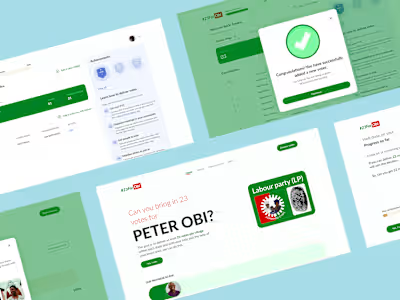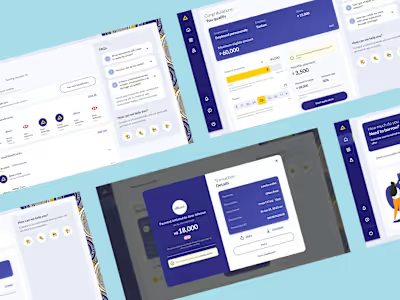UX Design for an electrical vehicle and power storage product
THIS IS A DETAILED BREAKDOWN OF MY DESIGN PROCESS RANGING FROM RESEARCH TO TESTING THE FINAL PRODUCT, YOU WOULD GET MORE INSIGHT INTO HOW I THINK WHEN DESIGNING A DIGITAL EXPERIENCE FOR A PRODUCT.
INTRODUCTION
There’s a need for people to move from one space to the other without the hassle and bustle of everyday city life, these reasons range from noise pollution, unwarranted vibration on transit and inconsistencies with where to descend, and as the world moves gradually to green energy so are the modes of transportation and the gadgets we use in our everyday lives.
THE WHAT
According to the research that was conducted, an average person who lives in a city would likely use a normal mode of transportation when going about their day, e.g. Trains, Buses, Cabs etc. There is hardly anywhere you look where electrical bikes are used on a large scale, especially in cities like Lagos, New York and California and to encourage a massive adoption of electrical bike usage in cities, TYNU decided to engage directly with the users by providing affordable e-bikes with the ability to purchase at a tiny fraction of the market price while also affording customers the ability of a financial aid and insurance cover.
THE WHY
TYNU is in the business of changing the perception of the everyday person and in doing so, it wants to encourage users to embrace a life of ease while they go about their everyday business. Introducing opportunities for an affordable e-bike and power storage shows the users that there’s a need to move away from the traditional means of transportation and embrace ease.
THE HOW
We surveyed to understand our target audience better, and what they think about the introduction of electric bikes as a means of transportation would fare and the feedback we got was insightful, for Nigeria, users are sceptical about it being a major means of transportation because of the poor power supply, maintenance and lack of respect for traffic rules. There was also the worry about speed, long-distance usage and the energy that goes into paddling and getting to work all sweaty. We got different insights into how customers would perceive such a technology and how they wish to use it, some of the types of usage were centred around short-term rentals, leisure (nothing too serious), and transportation to short-distance locations (within an estate)
WIREFRAMES
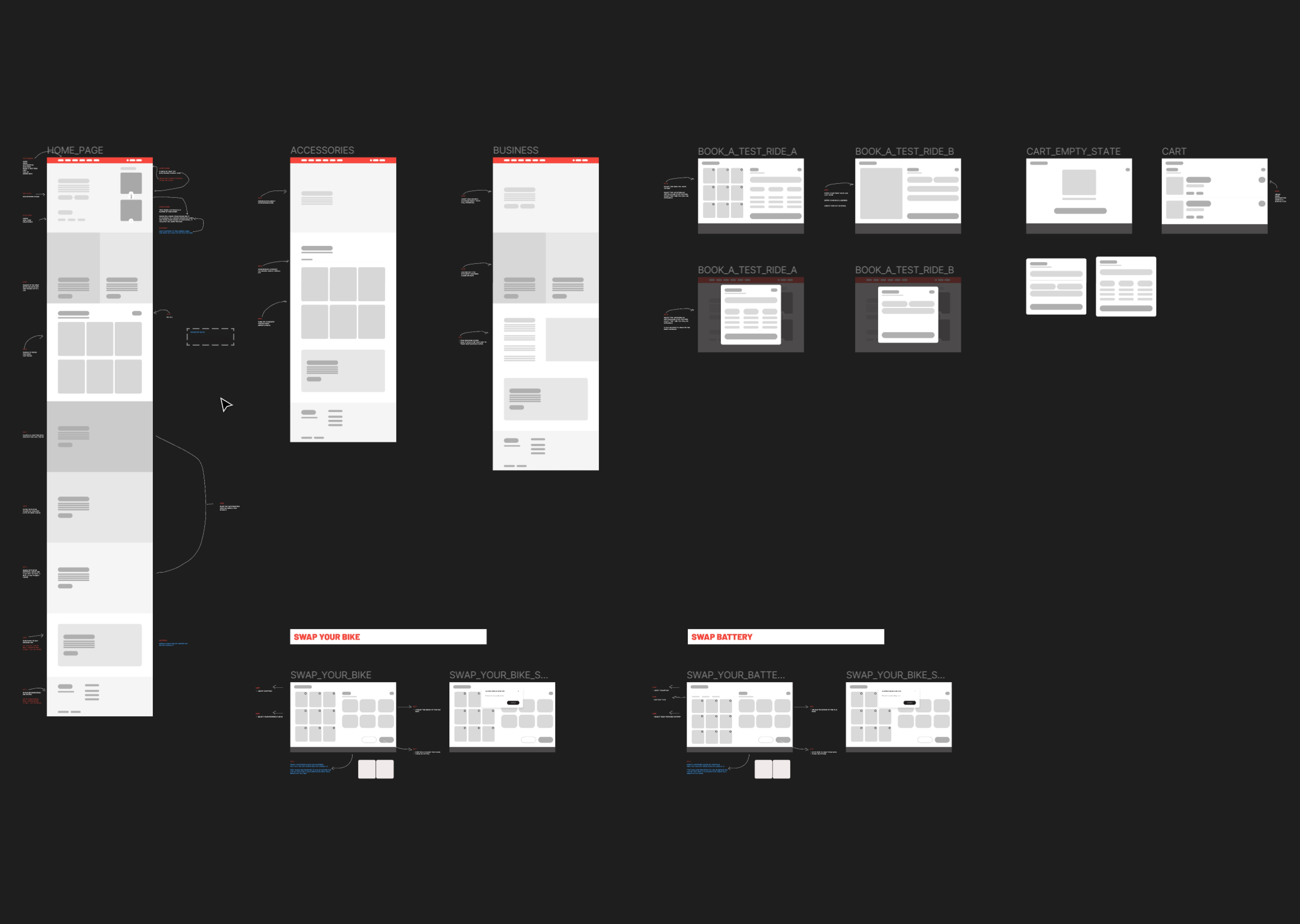
Tynu wireframes
THE DESIGN
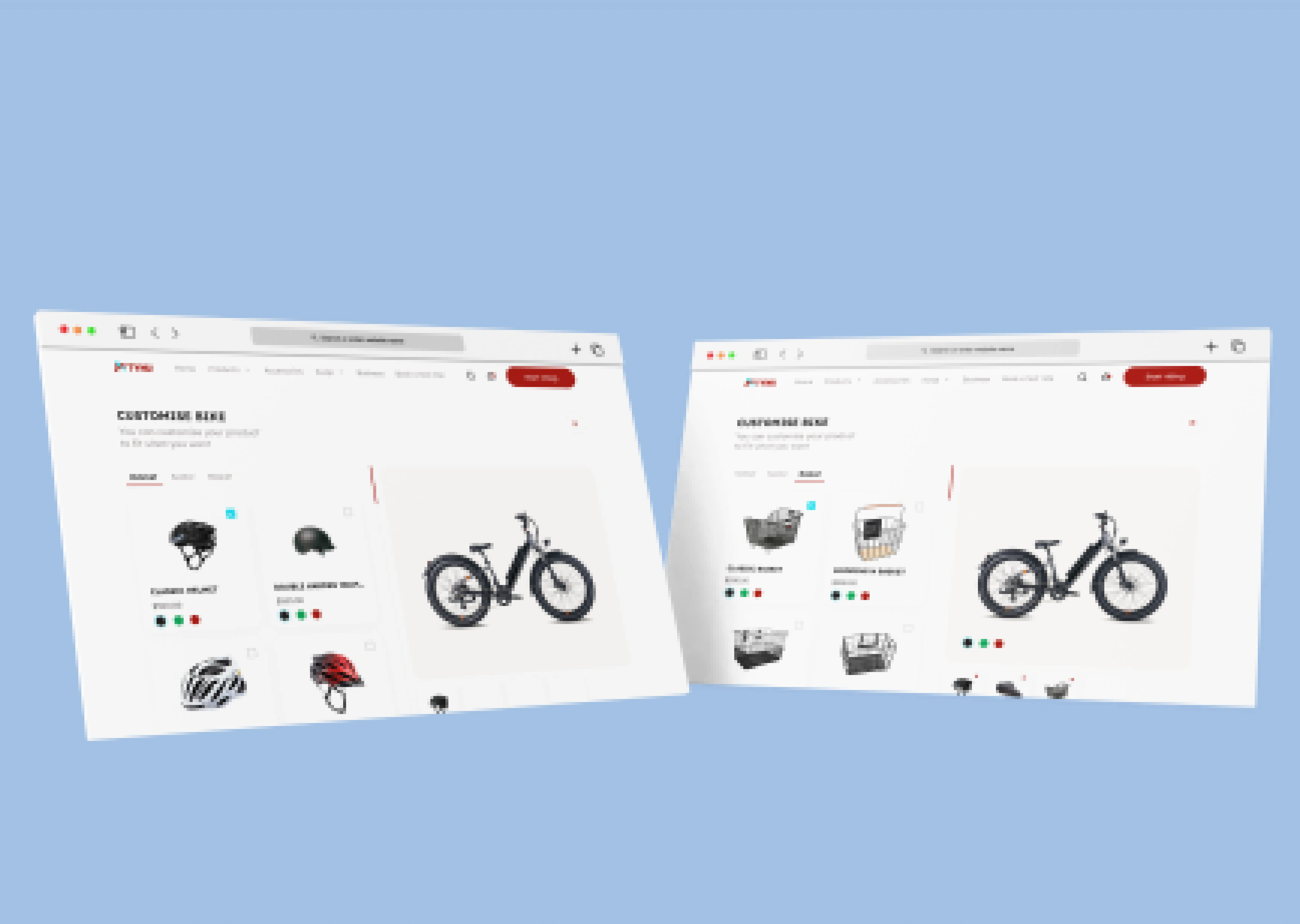
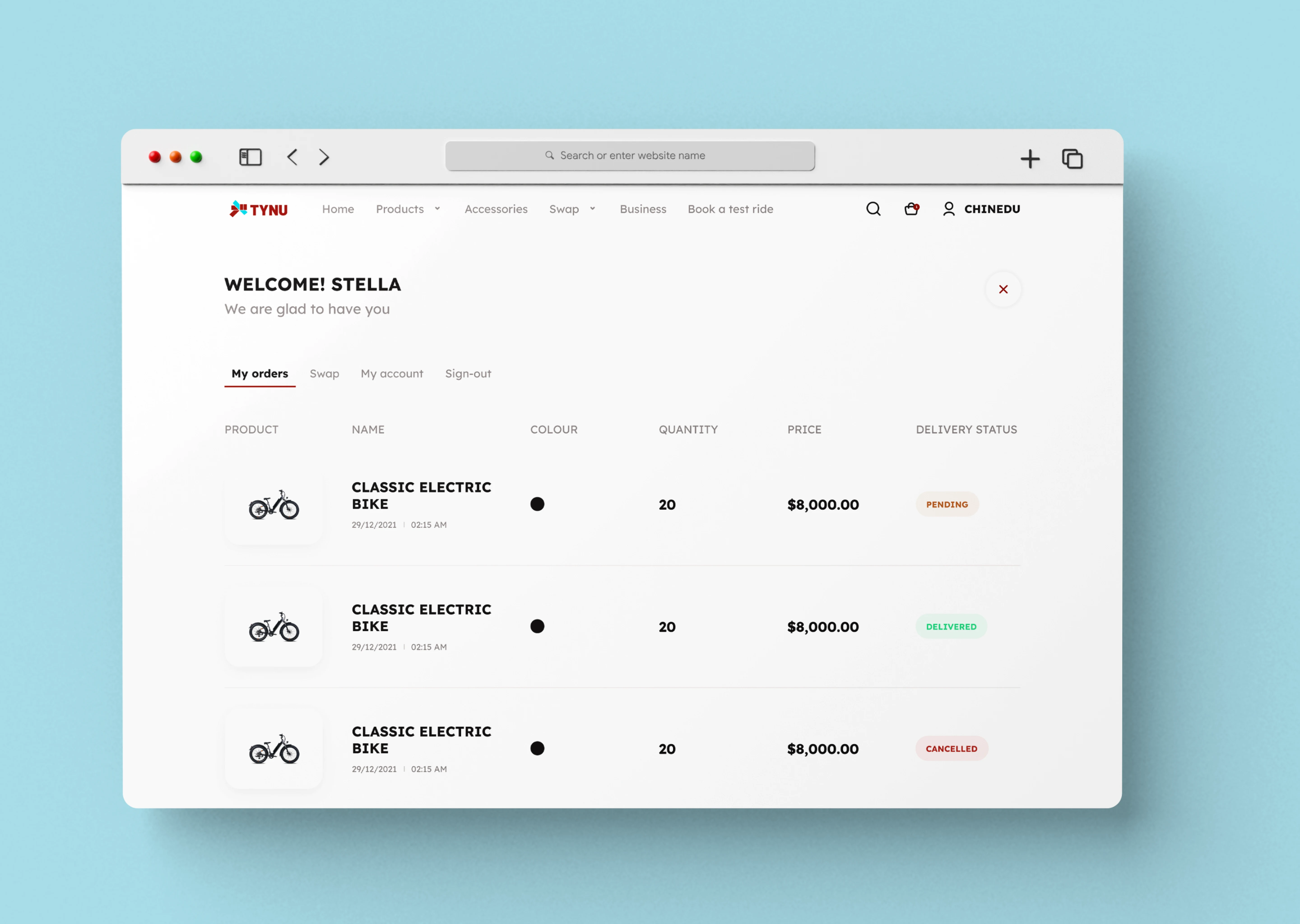
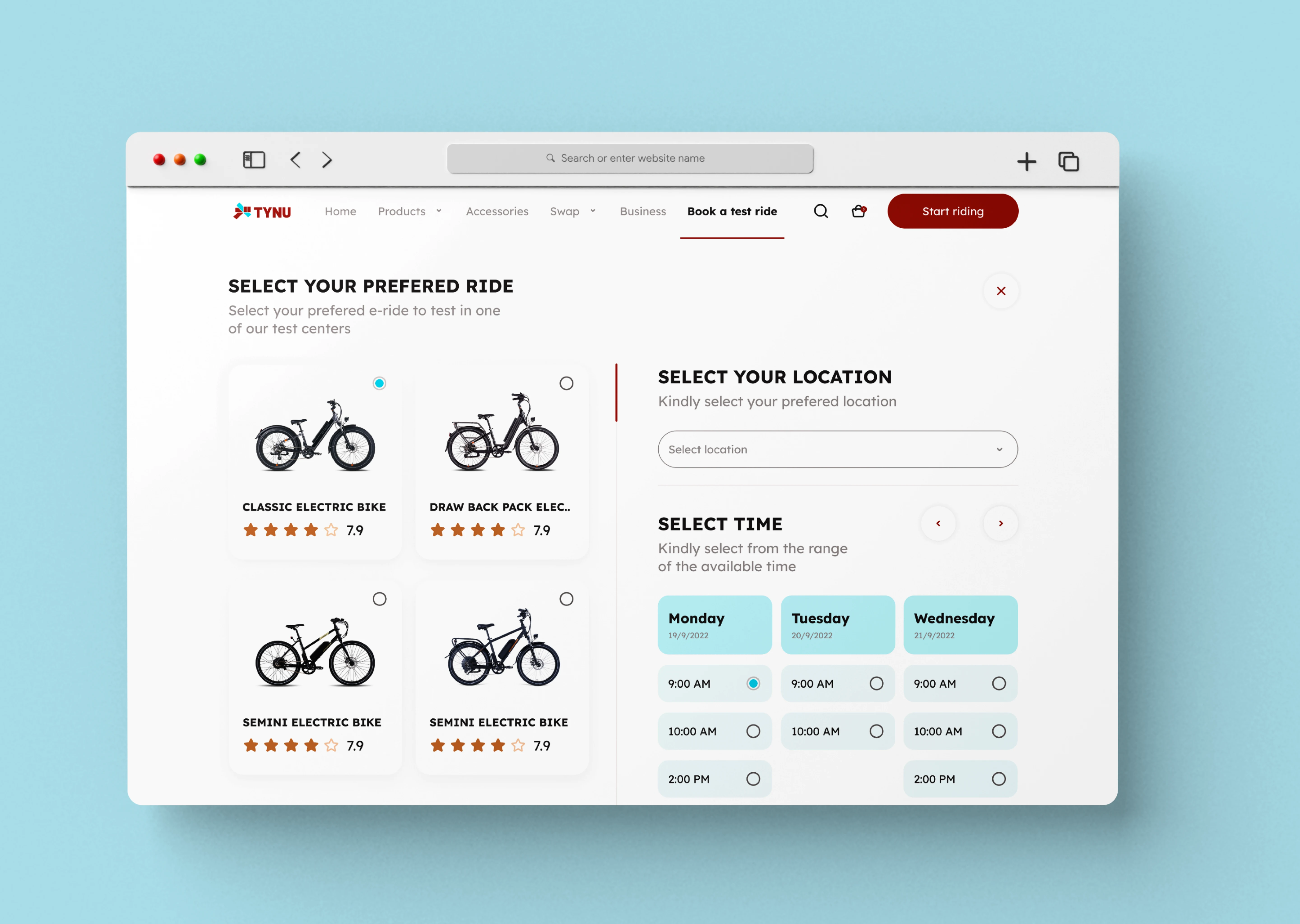
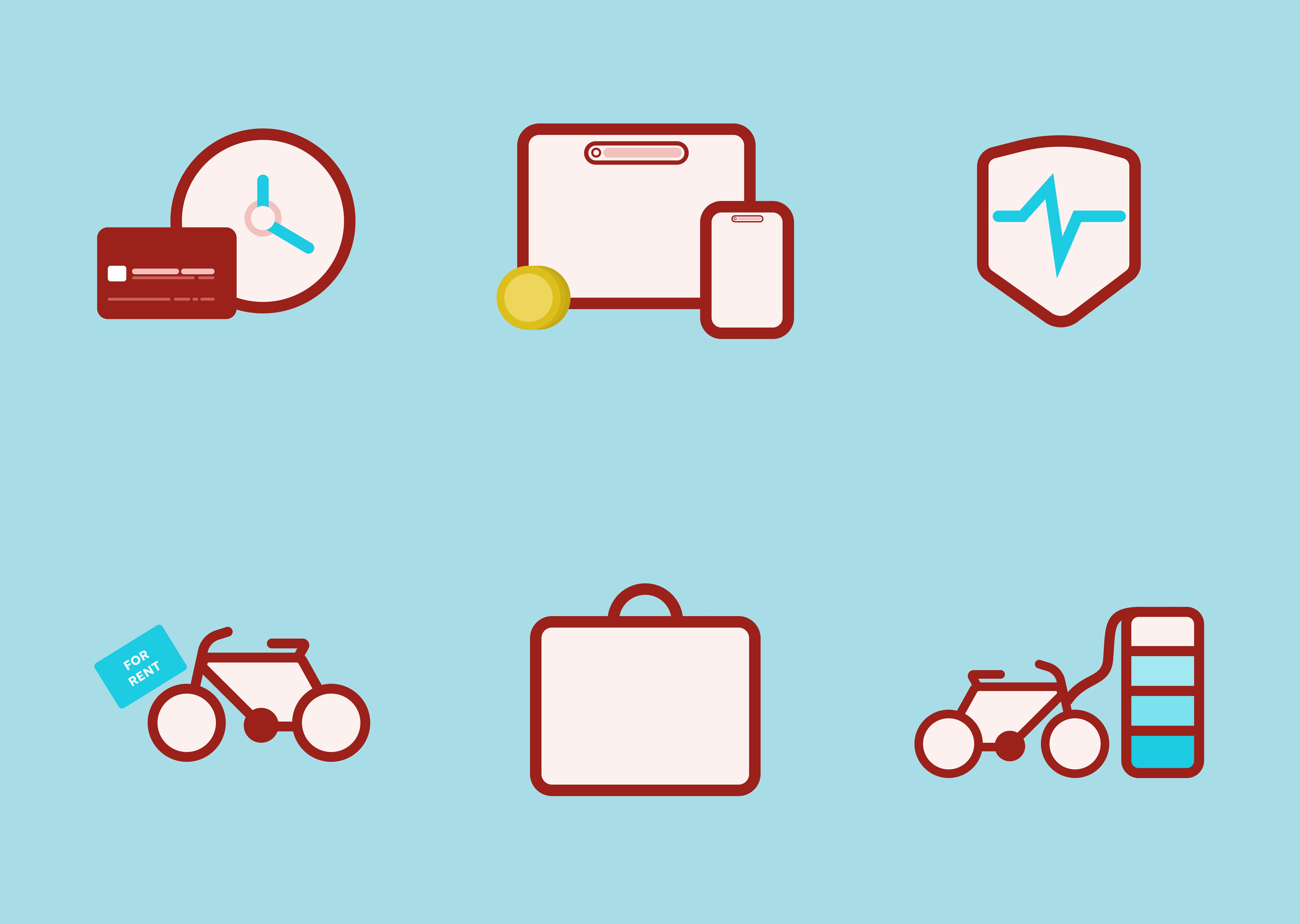
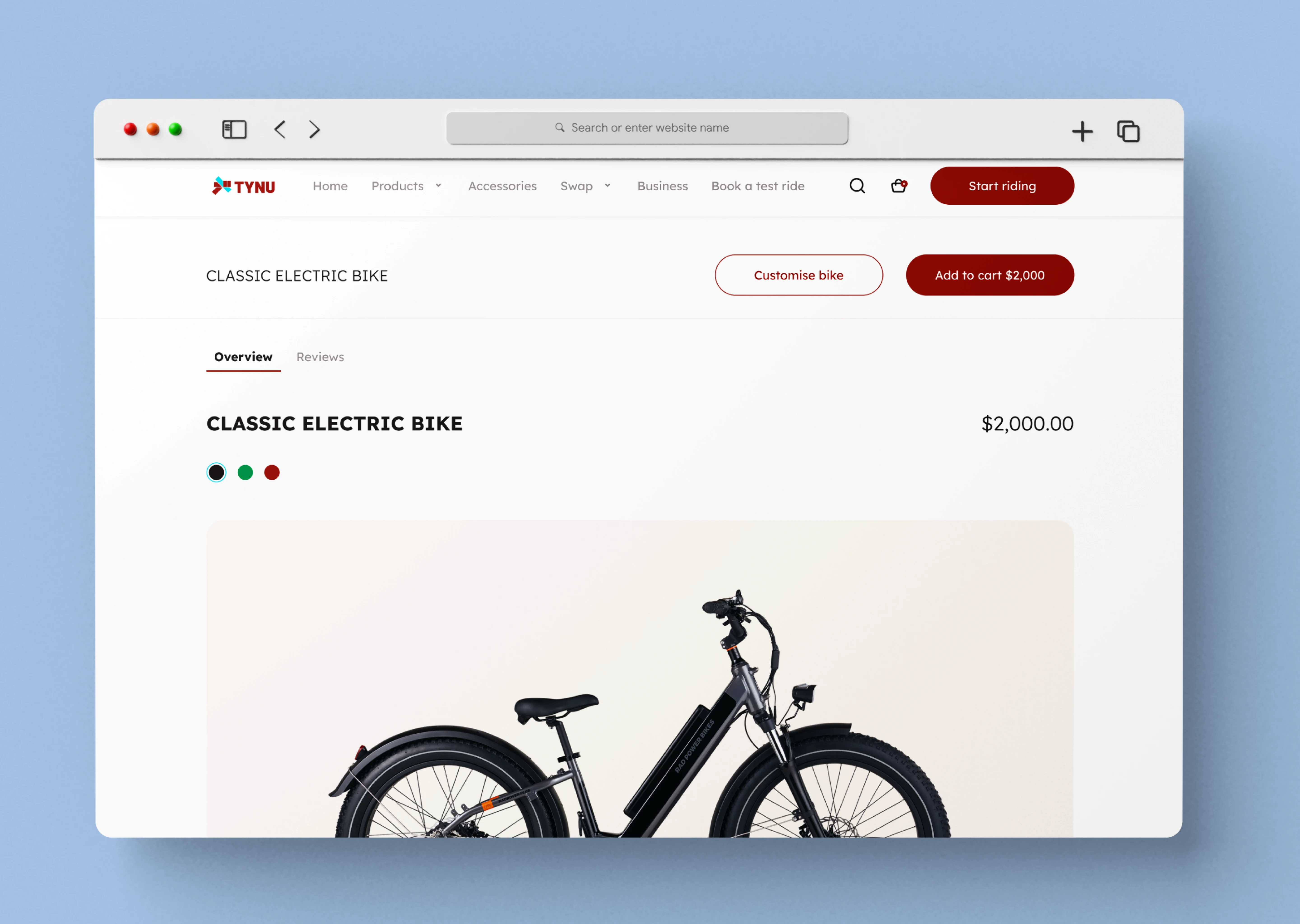
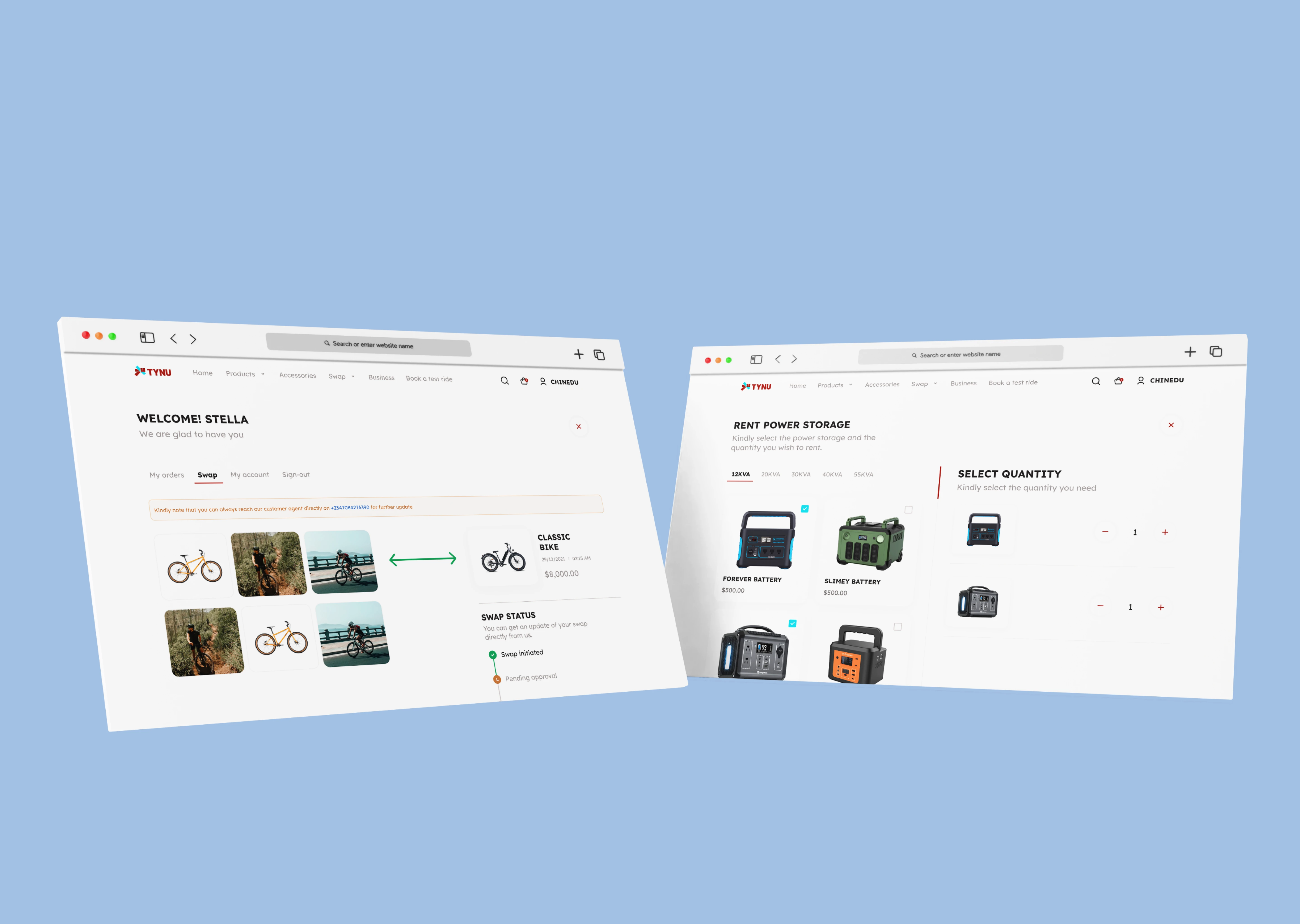
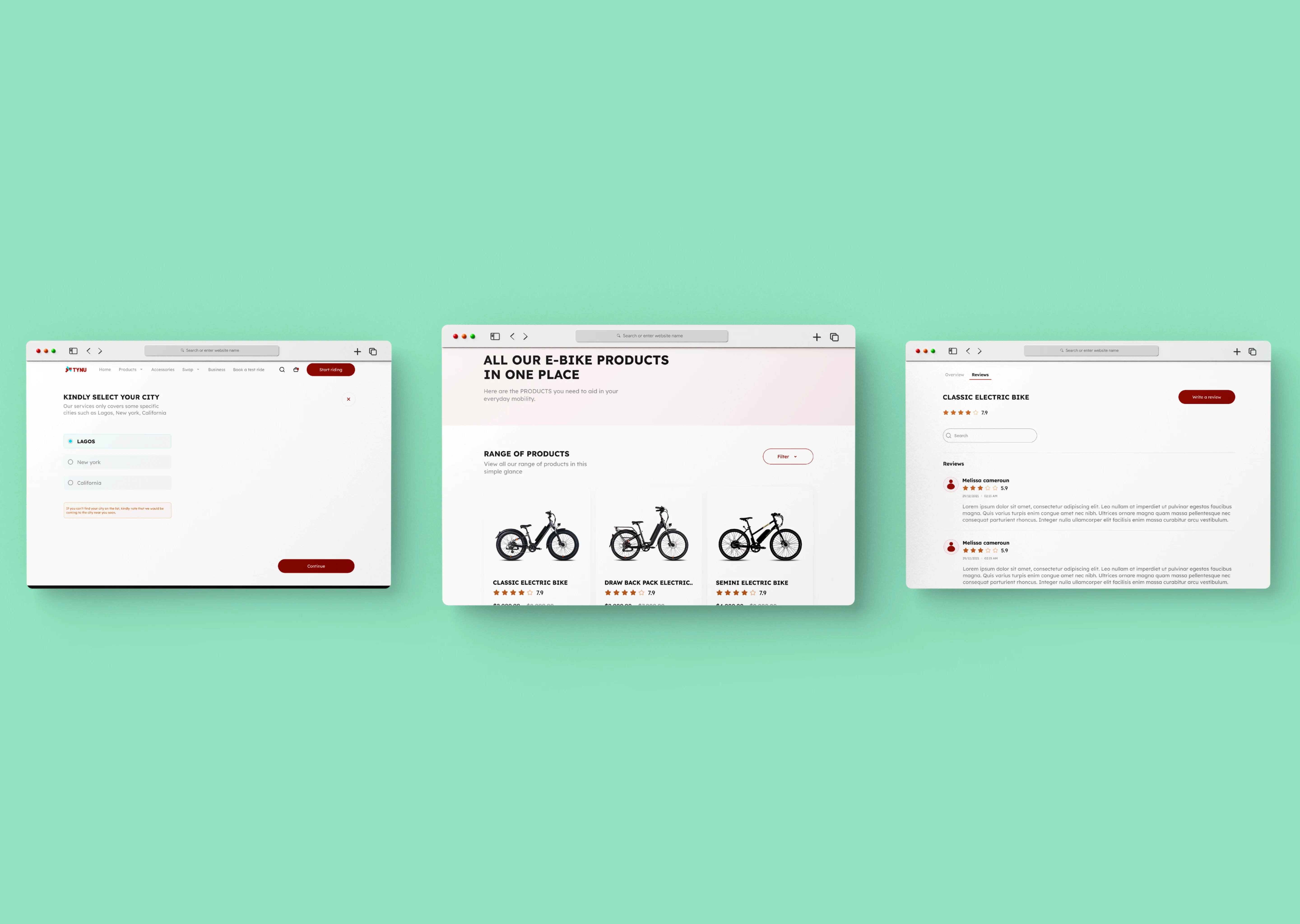
LEARNING AND NEXT STEP
This project is currently live in 3 different cities, Lagos, New York and California and customers are visiting the testing locations to get more insight into what the bike is all about before purchasing.
This project thought me that there are different ways to approach a problem and most times it is in communicating more with the stakeholders even when the idea has been crafted by the designer. The stakeholders have more insight into what features the business is capable of handling before actually introducing features that might not be sustainable by the business. The research also gave me an insight into how the target market thinks, and what range of persons would appreciate this product and would also be able to purchase it.
TYNU is designed in a way that the product is scalable and a lot of other features can be added to it without having to re-design the entire product. The next step is to monitor customer behaviour on the product, understand their buying pattern and better enhance the product to give the users a better user experience.
Like this project
Posted Aug 15, 2023
This platform gives users the ability to shop for any of their preferred electrical gadgets which range from electrical bikes to power storage.





